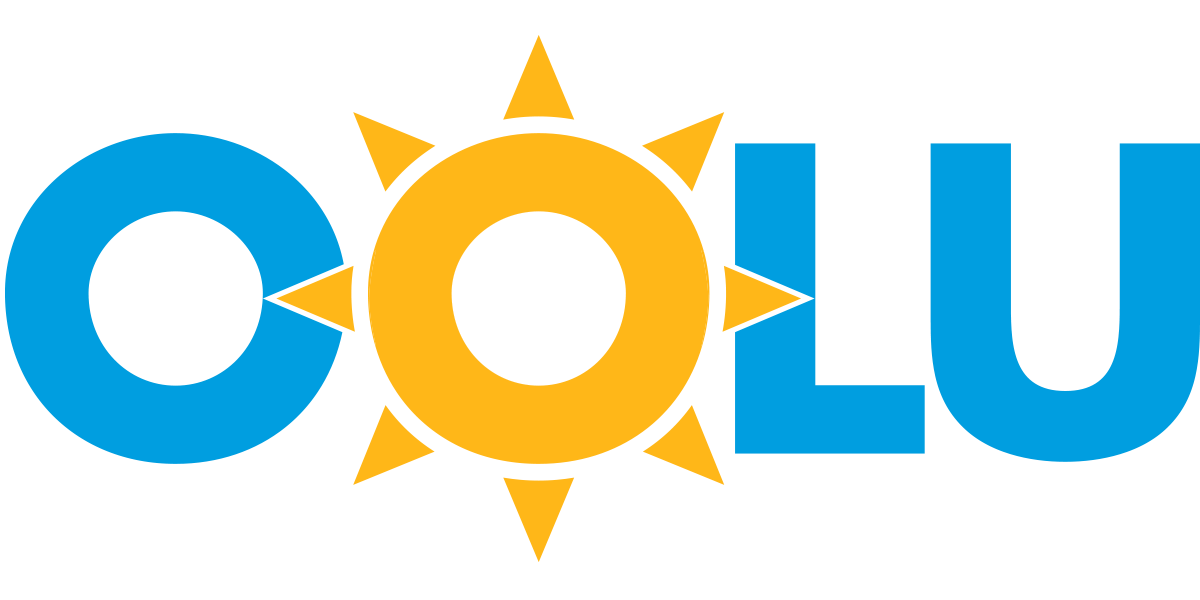It is no secret that Oolu, and other off-grid energy companies, have the ability to reach millions of potential customers and play a significant role in closing the energy access gap. Of course, solutions always come with pain points and energy access is no exception.
Although demand for pay-as-you-go (PAYGO) products in Africa is high, many SMEs in the sector still need financial, regulatory, and partner support to sustainably achieve scale.
One of the hurdles they face is affordability issues. Yes, off-grid solar has become cheaper, however, some bottom-of-pyramid income customers still cannot afford the service, and both regional and global events continue to heavily impact African markets.
Lack of consistent income
Some clients, especially those rurally based, struggle to consistently afford solar services. The inability to pay is due to various reasons such as cyclical and inconsistent incomes from seasonal farming, and increased costs of living.
Insufficient funding and financing
Though investments in the sector have continued to grow since 2023, there is still a lack of financing available. By 2030, climate financing needs over USD 2.4 trillion to achieve SDG7. More specifically, OGE companies still need better-structured equity, debt, and concessional finance for firms to be able to scale.
Amount Invested to Date in OGE = USD 2.3 billion cumulatively (BCG, 2022)
Amount Needed to solve Energy Access by 2030 = USD 2.4 trillion (IEA, 2022)
Structured capital to scale
For companies like Oolu to sustain rapid growth, two insights have become clear:
1) The sector is not providing enough funding to grow OGE companies quickly enough; and
2) The financing model needs to be structured differently than international companies expected (Hill et al., 2022).
There is a scarcity of equity available for investment. According to research, OGE companies need 3-5x more debt than equity. Additionally, local banks are reluctant to extend significant debt due to perceived risks (Hill et al., 2022).
To bridge affordability gaps, and reach more remote and low-income customers, companies must have access to blended finance with first loss capital (concessional capital and debt) to scale while taking into consideration relevant risks. Patient capital, or flexible capital is also needed for new test markets and to understand how to build new business models and/or launch and test new products.
Logistics and regulations
Operating in remote and off-grid areas can be challenging and costly, due to weak transportation networks and inadequate storage facilities. Therefore OGE companies require subsidies and government support to make their business viable.
When Oolu first launched, the company experienced a lack of government support and regulatory incentives from local and government off-grid energy initiatives built to promote the OGE industry. Now, in Mali and Burkina Faso, there is good support to provide tax exemptions and VAT is exempt in certain countries (Senegal, Cameroon, Nigeria, and others), enabling the company to reduce costs for the end users.
Political and economic instability
Political and economic instability still exists in all countries of operation, and although these risks can be mitigated to a certain extent, some level of risk is unavoidable. Currency fluctuations, local wars, and regional instability have prevented Oolu from working in some red zones.
Operational challenges were further aggravated by the Russia-Ukraine war, which caused a surge in global oil prices significantly amplified shipping expenses, and affected global food prices as well as fertiliser and gas prices, affecting SHS customers’ ability to pay for energy.
Climate change
The impact of climate change disproportionately impacts African countries (UNFCCC, 2020).
Climate change impact is seen when farmers have limited or no rain, erosion in their fields, pest invasions, extreme weather events, food scarcity, and water tensions, resulting in loss of income and thus inability to pay for energy services. Migration and instability are also higher in these regions due to climate change.
HOW OOLU IS ADDRESSING THE CHALLENGES EFFECTIVELY
The company has implemented various strategies to effectively mitigate risks and ensure a secure operational environment.
Capital
Accessing more public funding to reach remote and lower-income customers and to bridge the affordability gap
Accessing concessional capital and government subsidies to lower monthly fees on OGE products
Sales
Focusing on moving up-market to sell higher level PAYGO and solar products like televisions, larger scale inverters, etc.
Customer education and awareness that solar energy is less expensive in the long term
Sale stock and sale points in regional offices and remote areas
Financing
Implementing more sophisticated credit scoring to understand risk profiles and vet clients
Better-structured equity, debt, and concessional finance for firms to be able to scale
Access to blended finance with first-loss capital
Partnerships
Integrate renewable energy solutions into planning solutions at the government level
Governments and policymakers engaged to create an enabling regulatory environment for the PAYG sector
Supportive policies and regulations, if subsidies or tax incentives are implemented, end users pay less

